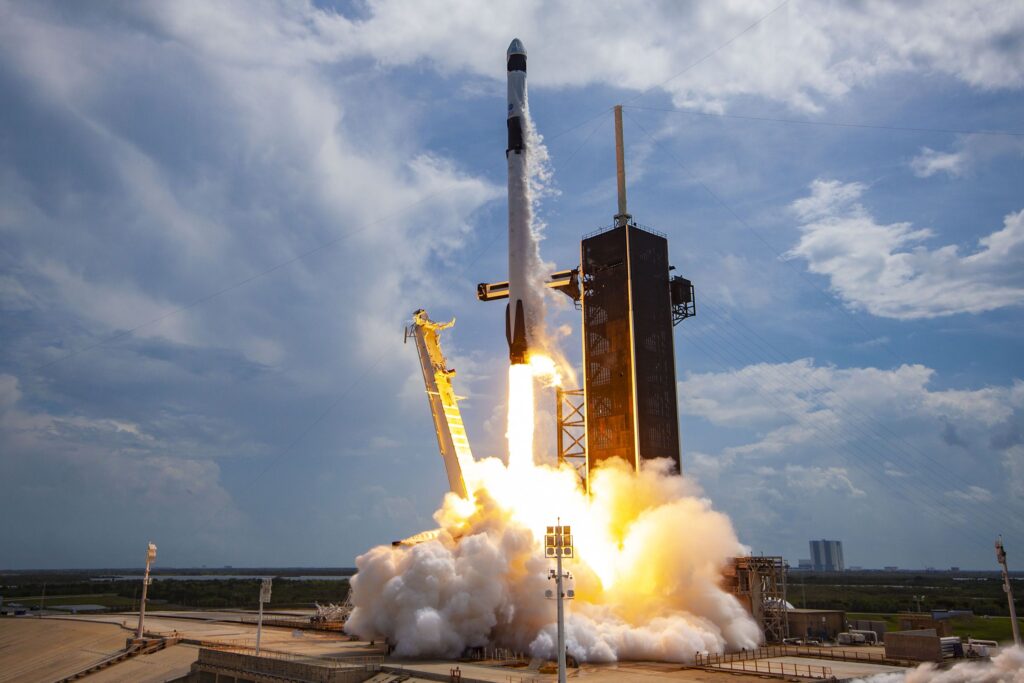In the grand arc of human history, there has always been an insatiable hunger to push beyond boundaries. Now, that ambition is setting its sights on Mars. SpaceX, the brainchild of billionaire entrepreneur Elon Musk, is leading the charge to establish a human presence on the Red Planet—an audacious vision that could redefine the future of civilization. But is this dream within reach, or is it a sci-fi fantasy wrapped in rocket fuel?
A Mission Decades in the Making
The idea of colonizing Mars is not new. Visionaries like Carl Sagan and Wernher von Braun laid the theoretical groundwork decades ago. However, it was Musk who turned the notion into an actionable blueprint. SpaceX, founded in 2002, has systematically dismantled the barriers to interplanetary travel—developing reusable rockets, slashing launch costs, and perfecting the mechanics of spaceflight.
Musk’s ultimate goal? A self-sustaining city on Mars. “Either we become a multi-planetary species or we risk eventual extinction,” he has often remarked. SpaceX’s Starship, the company’s fully reusable spacecraft, is at the heart of this endeavor. Designed to carry up to 100 passengers per launch, Starship represents the most significant leap in space travel technology since the Apollo era.
The Challenges of Martian Colonization
Yet, the road to Mars is riddled with obstacles—both technical and existential. The sheer distance poses logistical nightmares. A one-way trip to Mars takes approximately six to nine months, during which astronauts will face cosmic radiation, microgravity-induced health risks, and the psychological toll of deep-space isolation.
Then, there’s the challenge of survival. Unlike Earth, Mars is a frozen desert with an unbreathable atmosphere composed primarily of carbon dioxide. To live there, humans will need sustainable life support systems, reliable energy sources, and a way to produce food and water. SpaceX proposes using in-situ resource utilization (ISRU)—a fancy term for making oxygen, water, and fuel from Martian materials—to help settlers thrive.
The financial burden is another hurdle. While Musk aims to cut costs significantly, estimates suggest the initial Mars missions could cost upwards of $100 billion. Funding such a venture will require international cooperation, private investment, and perhaps, a few more successful Tesla stock surges.
The Global Space Race: Who Else Is Competing?
SpaceX is not alone in its Mars ambitions. NASA has its own roadmap, with the Artemis program focusing on lunar exploration as a stepping stone to Mars. China, too, has hinted at long-term Martian plans, having already landed the Zhurong rover on the planet’s surface. The European Space Agency (ESA) and private companies like Blue Origin are also watching closely.
However, SpaceX holds a distinct advantage—speed. Unlike governmental agencies bogged down by bureaucracy and budget constraints, SpaceX operates with Silicon Valley-style agility. The company’s rapid iteration approach, demonstrated with Starship’s high-risk testing program, keeps it ahead of the curve.
The Future of Humanity—And Its Ethical Quandaries
Beyond the engineering feats and financial calculus, there is an underlying ethical question: Should we even be doing this? Critics argue that pouring billions into Mars colonization while Earth faces climate crises, resource shortages, and geopolitical instability is a misallocation of priorities. Others counter that humanity’s long-term survival hinges on becoming an interplanetary species.
Philosophical debates aside, Musk remains unwavering. He envisions a future where humans are not confined to one fragile planet but spread across the cosmos. His timeline? An ambitious—and some say wildly optimistic—goal of launching the first crewed Mars mission within the next decade.
The Final Frontier or a Billionaire’s Pipe Dream?
SpaceX’s Mars mission is, without a doubt, one of the most daring undertakings of the 21st century. Whether it succeeds or not, it has already reshaped the landscape of space exploration. Governments are taking space travel more seriously, private industry is investing at unprecedented levels, and the idea of humans on Mars no longer feels like a Hollywood fantasy.
As Musk himself might put it: The future is ours to build—or in this case, to launch.






